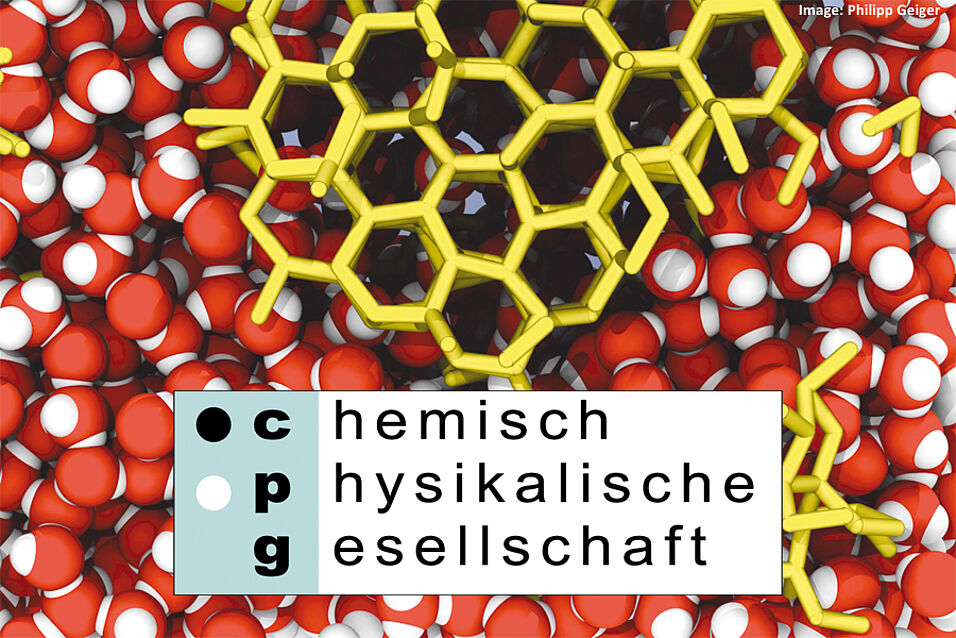The interaction of ions with solids plays an important role in fundamental and applied research. In this talk I will focus on two aspects and present the key findings of my graduate research.
In the first part I will discuss the nanostructuring of 3D materials due to swift heavy ion irradiation. Since decades it is known that the irradiation of solid targets can lead to permanent modifications in the bulk and on the surface. By using high resolution atomic force microscopy imaging we show that the created tracks of the irradiated samples have a much more complex structure than observed in previous investigations. The particular track formation is attributed to sublimation and melting processes.
In the second part I will discuss the charge exchange and neutralization process of highly charged ions interacting with a freestanding single layer of graphene. Our experimental investigations show that highly charged ions, passing through graphene, capture tens of electrons from a small surface area within a few femtoseconds. This implies high local surface currents in the order of 1012Acm-2. The absence of any traces of large-scale lattice deformation, which would be expected due to the large amount of deposited energy, confirms the intrinsic ability of graphene to sustain exceptionally high current densities. The almost complete de-excitation of the projectiles within the limited interaction time of a few femtoseconds shows that the current model of neutralization and de-excitation of highly charged ions has to be refined. The Interatomic Coulombic Decay model will be discussed as a possible candidate.
Elisabeth Gruber (Dänemark): Interaction of ions with 3D and 2D materials
Location:
Verwandte Dateien

